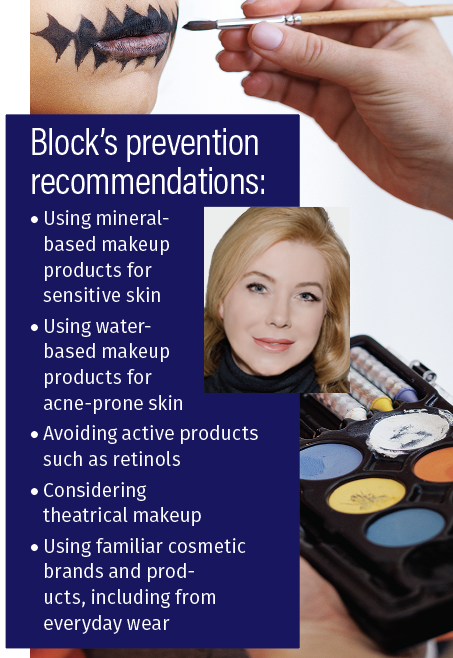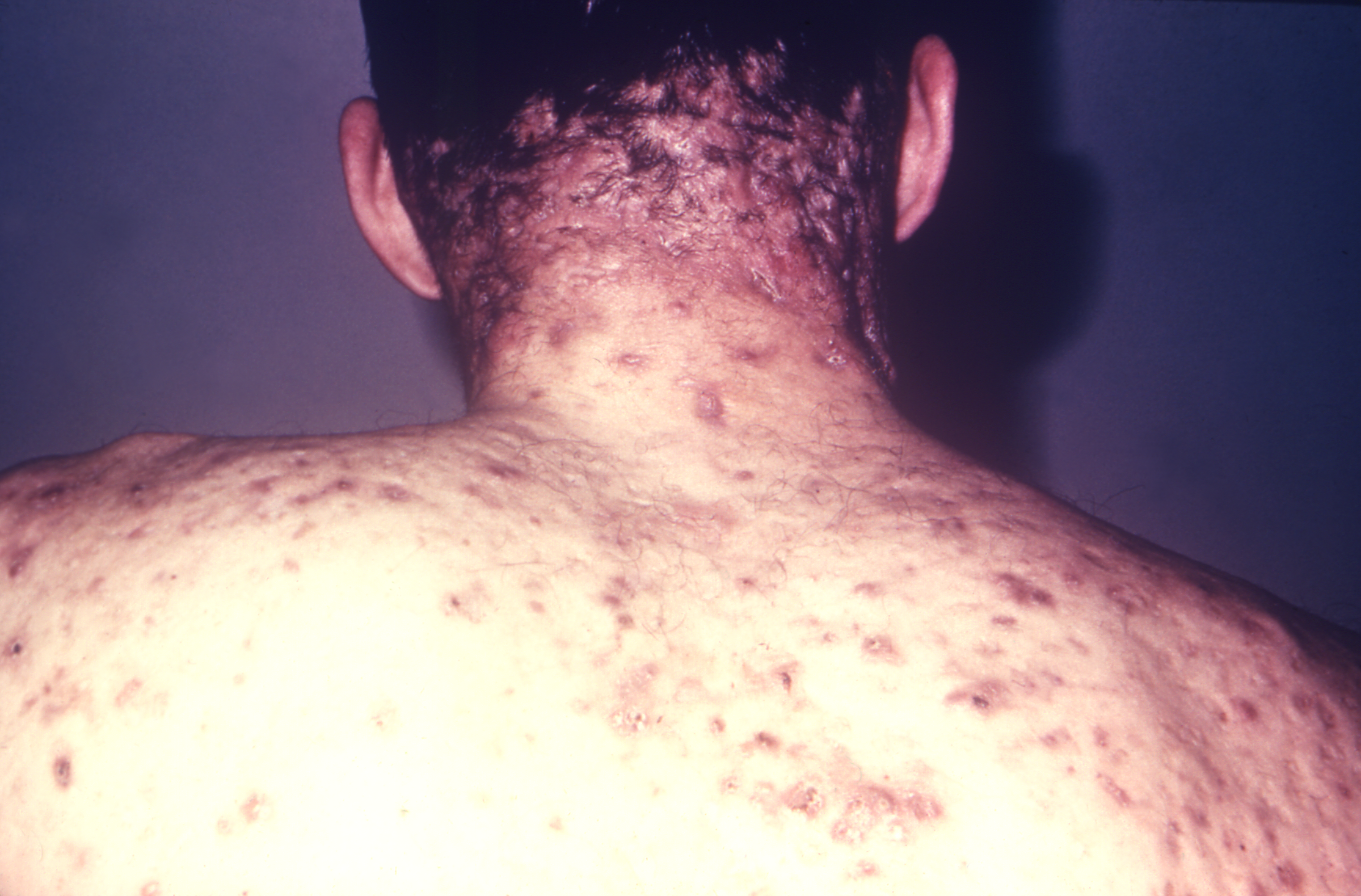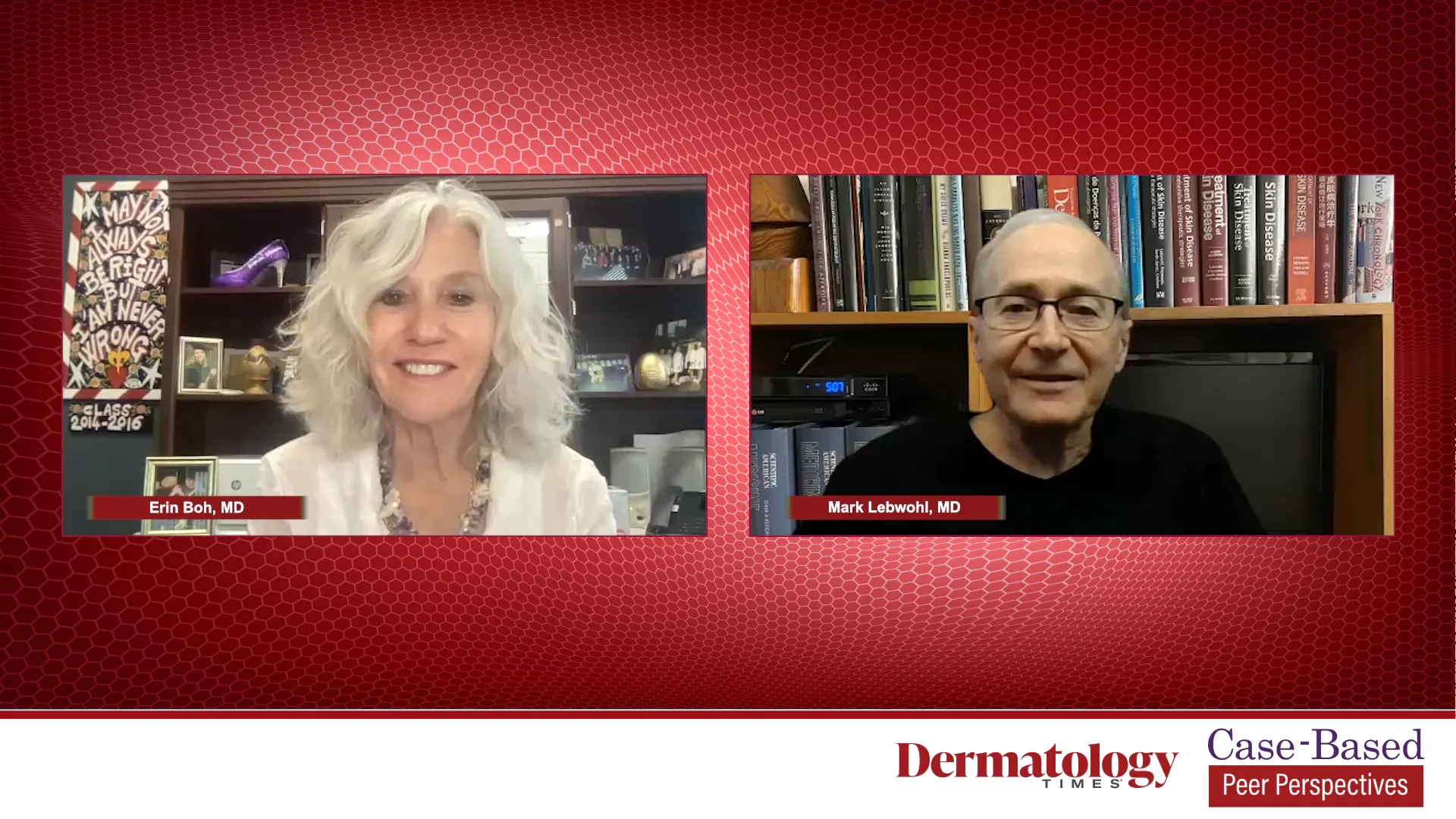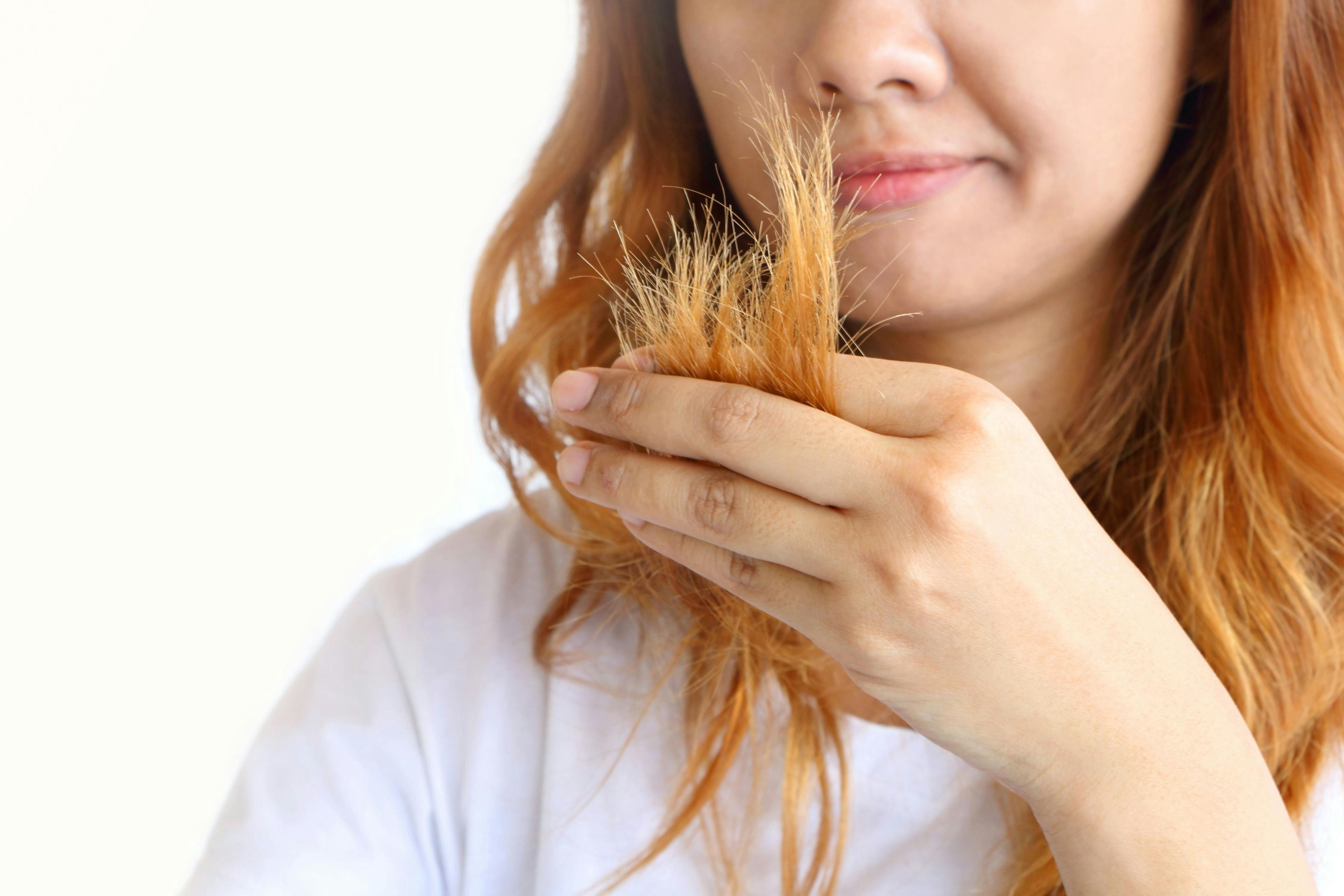- Acne
- Actinic Keratosis
- Aesthetics
- Alopecia
- Atopic Dermatitis
- Buy-and-Bill
- COVID-19
- Case-Based Roundtable
- Chronic Hand Eczema
- Chronic Spontaneous Urticaria
- Drug Watch
- Eczema
- General Dermatology
- Hidradenitis Suppurativa
- Melasma
- NP and PA
- Pediatric Dermatology
- Pigmentary Disorders
- Practice Management
- Precision Medicine and Biologics
- Prurigo Nodularis
- Psoriasis
- Psoriatic Arthritis
- Rare Disease
- Rosacea
- Skin Cancer
- Vitiligo
- Wound Care
Publication
Article
Dermatology Times
Unmasking the Dermatologic Impact of Costume Makeup
Dermatology physician assistant Renata Block, MMS, PA-C, discusses pearls and best practices for patients ahead of October and Halloween festivities.
This October, patients will partake in Halloween and seasonal festivities, including dressing up in costume, which may involve Halloween or costume-specific makeup. However, cosmetics marketed toward Halloween are vastly different from traditional cosmetic products, particularly when it comes to ingredients. The presence of harmful or otherwise harsh ingredients not typically found in everyday cosmetics may lead to adverse skin reactions requiring dermatologic intervention.1
Ahead of this Halloween season, dermatology physician assistant Renata Block, MMS, PA-C, offers recommendations and best practices for fellow dermatology providers to share with their patients and their families to avoid a postholiday skin catastrophe.
Emphasize Proper Skin Preparation
“Someone may not be a regular makeup user, and then they go from nothing to this really, really heavy compound on their skin,” Block said. “The last thing you want to do is exfoliate it. The last thing you want to do is use harsh soaps, exfoliation, because that is just going to disrupt that barrier. Avoid those harsh soaps, exfoliation, and even chemical peels before application as well.”
Harsh products may enhance penetration and lead to increased irritation, redness, pore clogging, and acne flares.
When discussing skin preparation with patients, Block recommended emphasizing the use of a gentle routine. Encourage patients to build up a protective base and enhance their skin’s natural barrier by using a gentle cleanser, patting the skin dry, and using a small amount of hyaluronic acid serum followed by moisturizer. Especially in the case of outdoor festivities, Block said, it is paramount to encourage sun protection best practices and sun protection factor use.
Encourage Thorough Makeup Removal
Because of the heaviness of costume and Halloween makeup, removal may be even more challenging than with traditional cosmetics. Educating patients on the role of double cleansing is key, Block said. Block also recommended using micellar water or an oil-based cleanser to remove the makeup and prevent irritation, followed with a water-based cleanser to remove any leftover traces.
“The last thing you want to do, though, is start rubbing your face and trying to scrub that makeup off, because again, you’re compromising that barrier and irritating the skin,” she said. Erythema may be common and can be soothed with a repair serum such as niacinamide, and encouraging the use of moisturizer can assist in supporting the skin barrier.
Educate on Ingredients to Avoid
“Halloween makeup is a completely different beast when it comes to makeup,” Block said. “It’s not your typical makeup; it’s heavier. A lot of times, they’re pretty much made for the season or mass produced. Unfortunately, they may contain artificial dyes, and fragrance oils. All of those things can definitely irritate the skin.”

These cosmetic products may contain toxic or harmful ingredients, such as arsenic, asbestos, cadmium, formaldehyde, lead, mercury, and toluene. A 2016 study2 conducted by the Breast Cancer Fund found widespread chemical presence in novelty cosmetic products, with concentrations of heavy metals in products that are more darkly pigmented.
“Through lab testing, we found heavy metals such as lead, a neurotoxicant, and cadmium, a hormone disruptor, in face paints,” according to the study.2 “In lip balms, nail products, and more we found volatile organic compounds linked to a wide variety of cancers. Our net takeaway: The presence of these chemicals marketed to children is of serious concern, especially since children are highly vulnerable to the effects of toxic chemicals during critical windows of development.” If these toxic components are included in these products, which are often marketed toward younger demographics, manufacturers may list them under different names. Ingredients like lead may be referred to as “kajal,” “kohl,” or “surma,” for example.1
Block said it is unclear whether specific Halloween and costume makeup may contain sensitizing ingredients and chemicals. This ingredient identification can be made more difficult if these ingredients are not listed on the product itself or are listed under an alternate name.
Currently, the FDA regulates cosmetic ingredients such as color additives or harmful chemicals. Color additives must be approved by the FDA before use in cosmetic products. The FDA also prohibits and restricts certain ingredients when it comes to cosmetics, including bithionol, mercury compounds, zirconium-containing complexes, and more.3
Preventing Adverse Skin Reactions
In order to prevent adverse skin reactions, patch testing is crucial. “A week or two prior, just put a little test on your forearm, because these things can cause irritation, like some redness and dryness and peeling. You can even have an allergic reaction to this stuff, and especially if you’re going to be [doing a] full face; that’s a lot of product,” Block said. “Patch testing on the inner forearm is so important.”
When to See a Dermatology Provider
“This is my rule of thumb: Any type of reaction should warrant a visit to a dermatology clinic,” Block concluded. “Typically with my patients, I will definitely fit them in no matter what, because this is something you want to treat right away, especially if it’s on the face. You don’t want to lead to more irritation. If the skin barrier is compromised, I don’t want it to lead to an infection. Any reaction warrants a visit or a phone call to the dermatology clinic.”
References
- Face paints & makeup: choose carefully to avoid toxic ingredients. HealthyChildren.org. Updated October 28, 2022. Accessed September 11, 2023. https://www.healthychildren.org/English/safety-prevention/at-home/Pages/Face-Paints-Makeup-Toxic-Ingredients.aspx#:~:text=Dressing%20up%20as%20a%20rock,large%20amounts%E2%80%94especially%20to%20children
- Breast Cancer Fund. Pretty scary 2: unmasking toxic chemicals in kids’ makeup. October 2016. Accessed September 11, 2023. https://www.bcpp.org/wp-content/uploads/2017/03/Report_Pretty-Scary-2_October_2016.pdf
- Novelty makeup. FDA. Updated November 22, 2022. Accessed September 11, 2023. https://www.fda.gov/cosmetics/cosmetic-products/novelty-makeup

Newsletter
Like what you’re reading? Subscribe to Dermatology Times for weekly updates on therapies, innovations, and real-world practice tips.


























